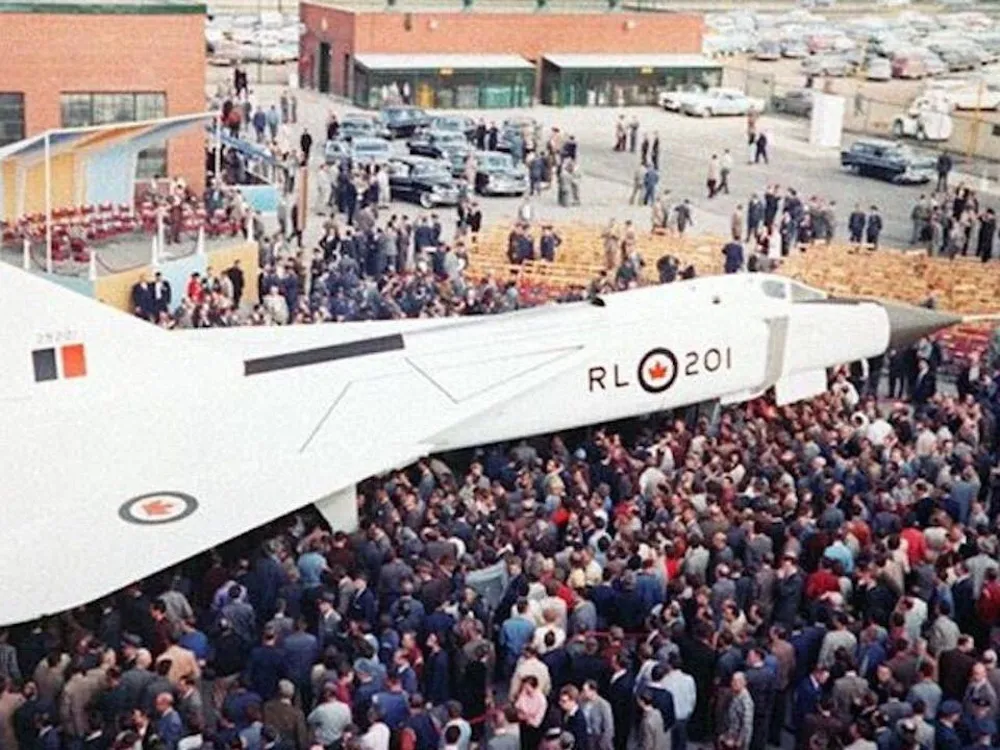In the tumultuous landscape of aerospace innovation, the Avro Arrow stands out as a symbol of Canada’s ambitious foray into the skies. However, behind its sleek design and promising capabilities lies a story of fierce global competition, political intrigue, and eventual cancellation that left thousands jobless and a nation in mourning.
The Impact of Global Competition on the Avro Arrow
When the Avro Arrow made its debut on October 4, 1957, it was a moment of pride for Canada. Yet, the world’s attention swiftly turned towards the Soviet Union’s launch of Sputnik, marking the dawn of the space age. With the focus shifting to space exploration, the Arrow’s purpose became uncertain amidst fears of intercontinental ballistic missile attacks.
Challenges from Competing Technologies
Despite being hailed as the fastest fighter jet in the world in 1958, the Arrow faced stiff competition from aerospace giants like the United States, Great Britain, France, and Sweden. These countries had developed aircraft with superior flight capabilities, leaving the Arrow lagging behind in terms of range and altitude. The United States, in particular, with its economic and military prowess, consistently churned out cheaper planes at a rapid pace, posing a significant challenge to Canadian manufacturers.
Exploring Interest from Foreign Allies
Rumors abound regarding the role of the United States in the cancellation of the Arrow, yet historical documents suggest otherwise. In fact, there were indications that the US Air Force expressed interest in purchasing Arrows for the Royal Canadian Air Force as part of a joint defense strategy. However, Canada declined, fearing it might be perceived as a charitable act. Similarly, when Britain sought access to the Arrow for flight testing, the Canadian government reportedly intervened, further complicating the jet’s fate.
The Saga of Cancellation
Despite efforts to find foreign buyers, the cancellation of the Arrow project on February 20, 1959, dealt a devastating blow to Canada’s aviation industry. Overnight, thousands of skilled workers found themselves unemployed, and what was once a beacon of technological advancement was dismantled and destroyed. The decision, while deemed necessary by the Diefenbaker government, sparked controversy and left a lasting scar on Canada’s aerospace legacy.
Legacy and Speculation
Decades later, questions linger about the true motivations behind the Arrow’s demise. While some cite national security concerns and the threat of espionage, others speculate political vendettas and personal agendas at play. Regardless of the reasons, the Avro Arrow remains a poignant reminder of both Canada’s ingenuity and the complexities of navigating global competition and political interests in the realm of aerospace innovation.
In conclusion, the story of the Avro Arrow serves as a cautionary tale, highlighting the delicate balance between technological advancement, national interests, and the human cost of progress. As we reflect on its legacy, may we strive to learn from the past and forge a future where innovation thrives without sacrificing the dreams of those who dare to reach for the stars.











As we reflect on its legacy, may we strive to learn from the past and forge a future where innovation thrives without sacrificing the dreams of those who dare to reach for the stars.